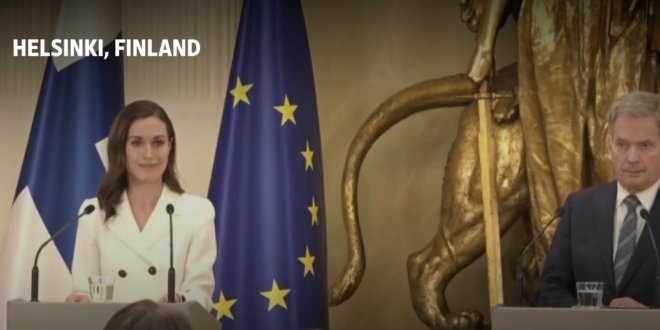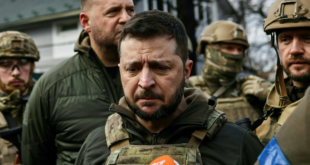The alliance is still making only token increases to its military presence in Latvia, Lithuania and Estonia.
At its June summit in Madrid, the North Atlantic Treaty Organization agreed to adopt a plan for defending the Baltic states—firming up what had been more of a tripwire than a serious combat capability. Unfortunately, there is less to this commitment than meets the eye. For the sake of deterrence, defense and reassurance of jittery eastern allies, NATO should remedy this mistake.
After Russia’s illegal annexation of Crimea in 2014, NATO decided for the first time to station military forces in the three Baltic states—Estonia, Latvia and Lithuania—as well as Poland on a rotational basis. Known as the Enhanced Forward Presence battle groups, those units amounted to roughly 1,200 troops in each of the four allies most threatened by Moscow. The populations of Estonia and Latvia are each roughly 25% ethnic Russian, making those countries vulnerable to Vladimir Putin’s 2014 proclamation that he would “protect” native Russian speakers wherever they live. Poland and Lithuania border the Russian exclave of Kaliningrad, the most militarized territory in all of Europe.
 Eurasia Press & News
Eurasia Press & News




